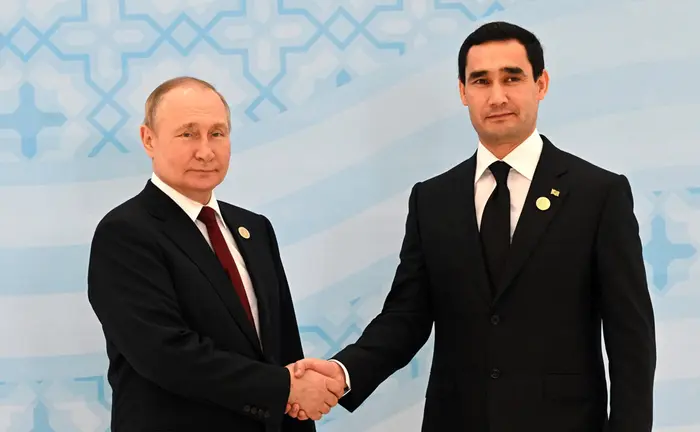Suicides remain a taboo subject in many countries, despite being one of the leading causes of death. A study published by the World Health Organization (WHO) highlights the need to establish suicide prevention strategies.
"Despite progress, one person still dies every 40 seconds from suicide", said WHO Director General, Tedros Adhanom Ghebreyesus in the lead-up to World Suicide Prevention Day on 10 September. "Everny death is a tragedy for family, friends, and colleagues. Yet suicides are preventable. We call on all countries to incorporate proven suicide prevention strategies into national health and education programmes in a sustainable way", he said.
The number of countries with national suicide prevention strategies has increased in the last five years, since the publication of WHO's first global report on suicide. "But the total number of countries with strategies, at just 38, is still too few and governments need to commit to establishing them", WHO remarked.
A leading cause of death among the young
The global age-standardized suicide rate for 2016 was 10.5 per 100 000. However, rates varied widely between countries, from 5 suicide deaths per 100 000, to more than 30 per 100 000.
While 79% of the world’s suicides occurred in low and middle income countries, high income countries had the highest rate, at 11.5 per 100 000.
Nearly three times as many men as women die by suicide in high income countries, in contrast to low and middle income countries, where the rate is more equal.
According to WHO, suicide was the second leading cause of death among young people aged 15-29 years, after road injury.
Among teenagers aged 15-19 years, suicide was the second leading cause of death among girls (after maternal conditions) and the third leading cause of death in boys (after road injury and interpersonal violence).
Number of cases in Finland increased recently
In Finland, the number of cases increased in recent years. According to the latest data published by Statistics Finland, in 2017 the number of persons who committed suicide was 824. Those are 30 cases more than in 2016 and 90 more compared to 2015. However, the number of suicides has decreased relatively evenly since 1990, when more than 1,500 suicides were committed in Finland.
According to the WHO report, the most common methods of suicide are hanging, pesticide self-poisoning, and firearms. Key interventions that have shown success in reducing suicides are restricting access to means; educating the media on responsible reporting of suicide; implementing programmes among young people to build life skills that enable them to cope with life stresses; and early identification, management and follow-up of people at risk of suicide.
WHO says the intervention that has the most imminent potential to bring down the number of suicides is restricting access to pesticides that are used for self-poisoning. The high toxicity of many pesticides means that such suicide attempts often lead to death, particularly in situations where there is no antidote or where there are no medical facilities nearby.
As indicated in the WHO publication 'Preventing suicide: a resource for pesticide registrars and regulators', there is now a growing body of international evidence indicating that regulations to prohibit the use of highly hazardous pesticides can lead to reductions in national suicide rates.
Two success cases: Sri Lanka and Korea
In this sense, the best-studied country is Sri Lanka, where a series of bans led to a 70% fall in suicides and an estimated 93 000 lives saved between 1995 and 2015. In the Republic of Korea – where the herbicide paraquat accounted for the majority of pesticide suicide deaths in the 2000s – a ban on paraquat in 2011-2012 was followed by a halving of suicide deaths from pesticide poisoning between 2011 and 2013.
WHO's assessment says the timely registration and regular monitoring of suicide at the national level are the foundation of effective national suicide prevention strategies. Yet, only 80 of the 183 WHO Member States for which estimates were produced in 2016 had good quality registration data. Most of the countries without such data were low and middle income ones. "Better surveillance will enable more effective suicide prevention strategies and more accurate reporting of progress towards global goals", WHO says.













